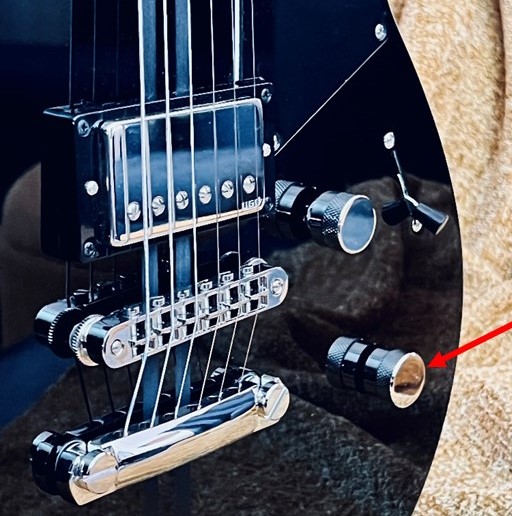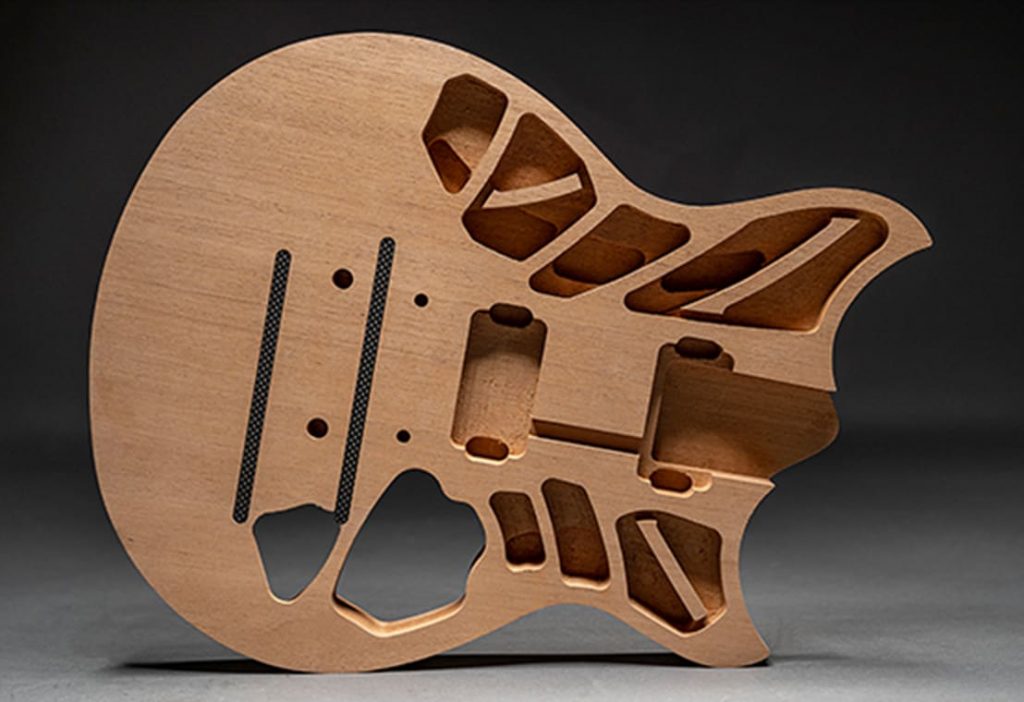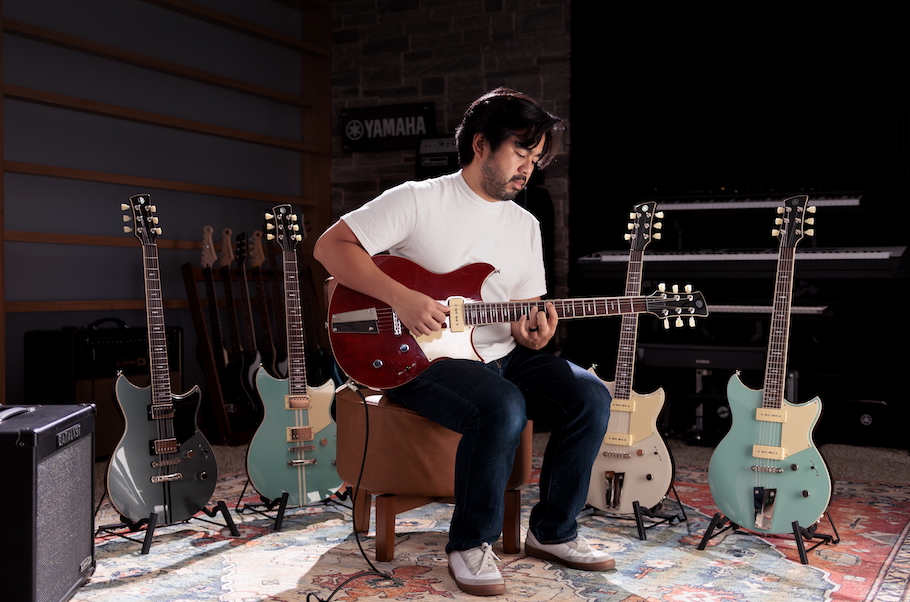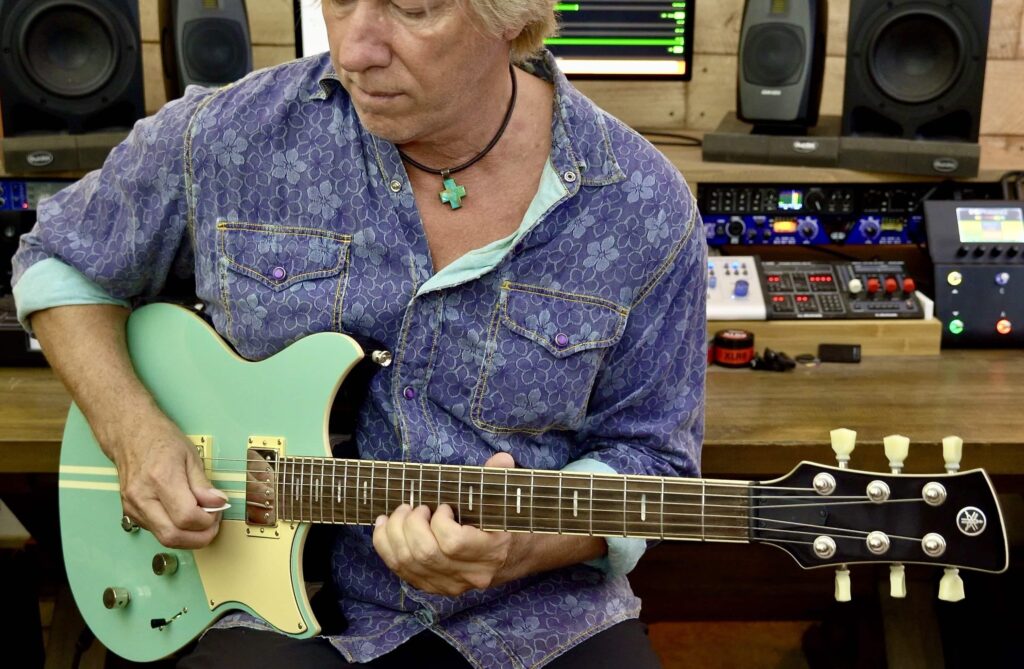Tagged Under:
Focus on the Focus Switch
The art of the pickup.
Every year, musical instrument manufacturers release exciting new innovations in digital technology — things like processors that replicate analog devices with stunning accuracy, or recording interfaces that capture audio at resolutions the human ear can’t even detect.
If anyone had told me a decade ago that I’d completely replace my tube amplifiers with digital emulations of them, I’d say they were crazy! However, some years ago, I started performing live and doing recording sessions with a processor called Helix®. This amazing device from Line 6 provides hundreds of modeled amp/speaker configurations, plus every guitar effect you’ll ever need … all in glorious stereo. I actually think this technology sounds better than anything I’ve ever used before.
Similarly, just when we thought the six-string guitar had reached the pinnacle of its evolution, Yamaha introduced a complete range of TransAcoustic guitars that provide onboard reverb and chorus without the need for an amplifier! Skeptics may call this “sorcery,” but guitar players the world over are basking in the magnificent glow of those ambient acoustic tones.
Early in 2022, the company’s second-generation Revstar electric guitars were unveiled, with three levels of models (Professional, Standard and Element), all featuring acoustically tuned, chambered mahogany bodies. This new technology reduces body weight while increasing musical resonance and sustain. By simply placing your ear on the back of the instrument, you can experience how single notes and chords “blossom” within those chambers.
And the advancements didn’t stop there. Professional and Standard models also got an upgrade in the form of a five-way pickup selector switch. Position one (bridge pickup only), position three (bridge and neck pickups) and position five (neck pickup only) all function as you’d expect. Position two on the selector switch combines the bridge and neck pickups, but slightly delays the output of the opposite pickup to create an extremely desirable “out of phase” sound reminiscent of single-coil guitars. Position four replicates this tonality, but in reverse.
The Focus Switch
As if this wasn’t more than enough “cool” for a new guitar, Yamaha added a pull-pot feature to the tone control of Professional and Standard models called a “focus switch.” This passive circuitry (no battery needed) smooths out the treble frequencies while boosting the lows and mids for a more defined (“focused”) sound.

The focus switch can be engaged on all five pickup options, for a total of ten tonal variations on a two-pickup guitar! Yamaha describes the effect of this new innovation as the sound of an overwound pickup. Overwound pickups have a higher output volume and generally find favor with rock guitar players looking for a more aggressive sound. I love how the focus switch enhances every style of music I play, and have found that it gives me a tonality I like without needing to use an outboard equalizer to fine-tune the frequencies.
The Video
Of course, the best way to evaluate and demonstrate the effect of the focus switch is to hear it. For those of you who don’t have access to a second-generation Revstar guitar, I created the video below so you can listen to how it affects the various pickup selections.
Here, I’m playing an RSS20 Standard Revstar through a Line 6 Helix processor. The backing track was recorded using the bridge pickup only, without the focus switch engaged. The solos you see me playing on top use all five pickup selections, and I indicate when I add the focus switch.
In the process of filming the video, I discovered my favorite settings. Position two (out of phase) with the focus switch engaged gave me that harmonically rich lead tone that has become part of my signature sound. The notes sustain with natural compression and start to feedback mildly, adding musical dimension, like a halo glowing around the notes.
Position four (also out of phase) with focus engaged gave me the sweetest of blues rhythm and lead tones. Complex chord voicings remain clear and defined yet take on a warm breadth that just makes you want to keep playing.
Of course, the resonance of the body chambers, along with the pickup selection and the use of the focus switch, are all working together to create these tones. It’s a sum of these parts interacting with the player’s technique that creates such a vibrant palette of world-class guitar tones.

If you’d like to hear more tones using the focus switch, check out this video, and this one, both included in my recent blog posting spotlighting second-generation Revstars. The latter video also demonstrates the effect of the “dry switch” — a bass filter found on Revstar Element models such as the neon yellow RSE20 I’m playing there.
The Wrap-Up
Gone are the days when a guitar player needed racks of gear, walls of amps and a stack of guitars to create the textures and tones needed for a tour or recording session. Portable, programmable effects devices can store all our favorite sounds, and one modern guitar may well be versatile enough to cover almost any genre and musical situation. The challenge for guitar players these days will be keeping our chops up to date, and worthy of this incredible new technology.















